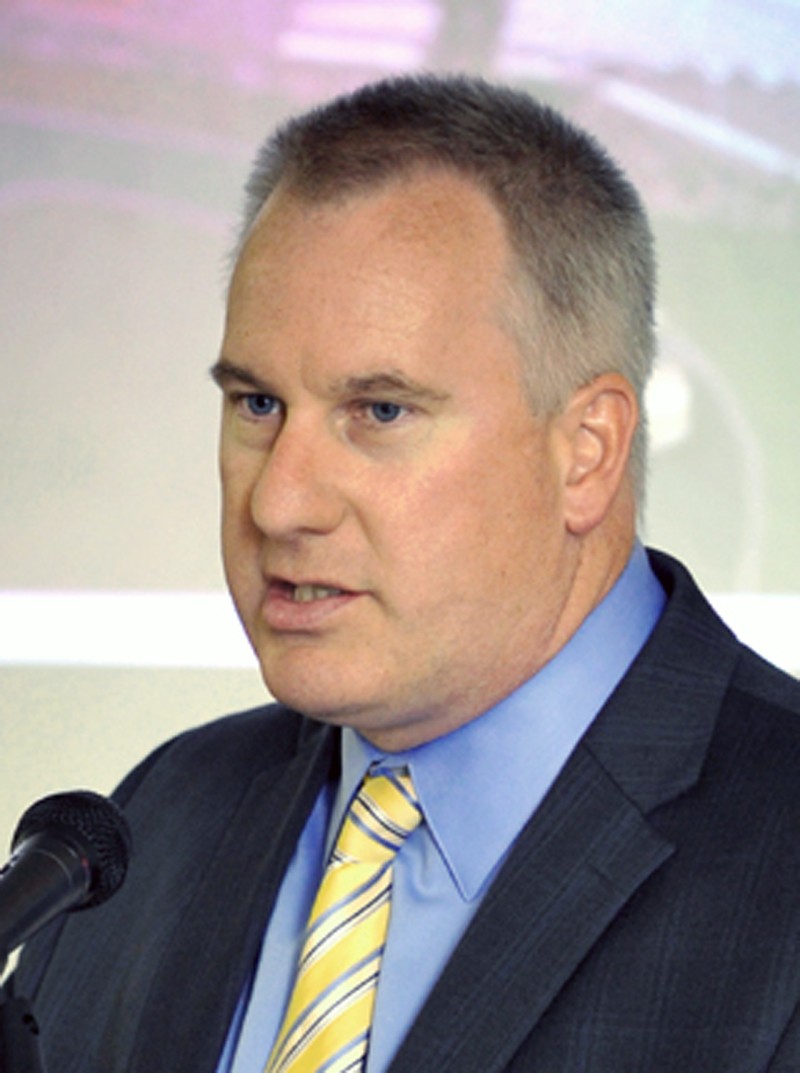WESTFIELD – Mayor Daniel M. Knapik said yesterday that the state Department of Revenue has certified that the city has $6.2 million available in its free cash account and that he plans to meet with City Council President Brent B. Bean II to discuss future funding priorities and strategies.
Knapik said that the city also has $6.5 million in its stabilization account.
Free cash is comprised of funds remaining in the previous year’s budget. The DOR certification process ensures those remaining funds were not encumbered for debt or services. The state DOR reviews the city’s ledgers and certifies that there are no obligations for that money from the previous fiscal year.
Free cash is typically used for non-recurring items, such as capital purchases, infrastructure improvements and special projects.
Knapik said the much of the free cash funding is revenue received above projections used to set the 2014 fiscal year budget.
Knapik said that he uses conservative ”historical averages” of revenue when crafting a budget, but that last year actual revenue far exceeded those projections.
“Excise tax revenue jumped to $4.2 million, far above our projections,” Knapik said. “I used a new growth projection of $800,000 based on the historical average over the past five years and it came in at over $1 million.”
“The (City) Council accused me of underfunding the budget last year, but the revenue collected far exceeded my estimates,” Knapik said.
Knapik said that City Auditor Deborah Strycharz is currently assessing the current 2015 fiscal year budget to “make sure that revenue is matching expenditures,” Knapik said.
Knapik said that he is still working on how that free cash will be used to support current and future capital projects.
One area of concern, Knapik said, is the city’s health insurance account. The City Council cut $2.4 million from that account last June when approving the 2015 fiscal year budget.
“That amounts to three months where the city and city employees with not pay contributions to that account,” Knapik said. “I don’t know how much we will have to raise (in June at the end of the fiscal year) if I don‘t replenish the trust fund and make a correction.”
“We’ve been in a position three of the last four years where the trust was fully funded and I’ve been able to declare a premium holiday for the last month (meaning that the city and employees were not required to make a monthly contribution), of about $800,000, money that was used to pay the snow and ice deficit without asking the council to approve an additional appropriation,” Knapik said.
The City Council has, in the past, desired to use free cash to reduce the property tax levy.
Knapik said that approach reduces tax revenue not just for that fiscal year, but also the amount of future revenue the city is able to capture in the future.
“You lost that (tax revenue) capacity in subsequent years, as well, so it sets you back over time,” Knapik said. “The city will need that in the future. We still have a lot of things that need to be repaired.”
“The last thing you want to do is a gimmick to reduce property taxes by reaching deeply into the city’s savings,” Knapik said


